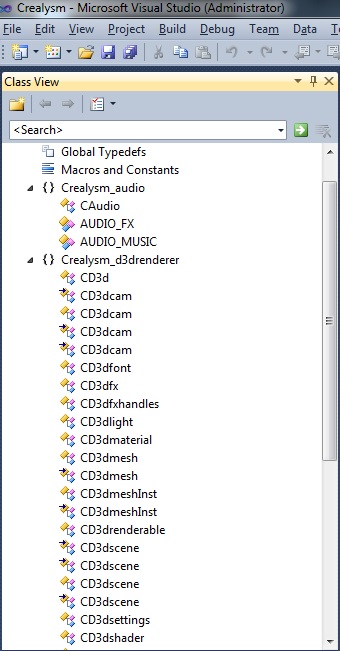Hi folks,
Since I've been using VS 2010, I tried to generate a class diagram a lot of times.
But unfortunately without any luck so far..
Somehow in all my projects I end up with this error:
"An item with the same key has already been added'", and no class diagram as a result ![]()
What I've noticed that in the class view in VS I also see my classes sometimes multiple times, my suspicion is that this is related to forward declarations and things like that. Here's an example:

I also tried generating dependency diagrams from within VS, using the Architecture menu and it's options.
In the end, non succesful.
Now my question(s):
- can I generate a nice class diagram with VS and somehow get rid of the error message above?
(without stopping to use forward declarations)
- are there any nice UML 'plugins' for VS 2010 which you have good experience with?
Any input is appreciated.









